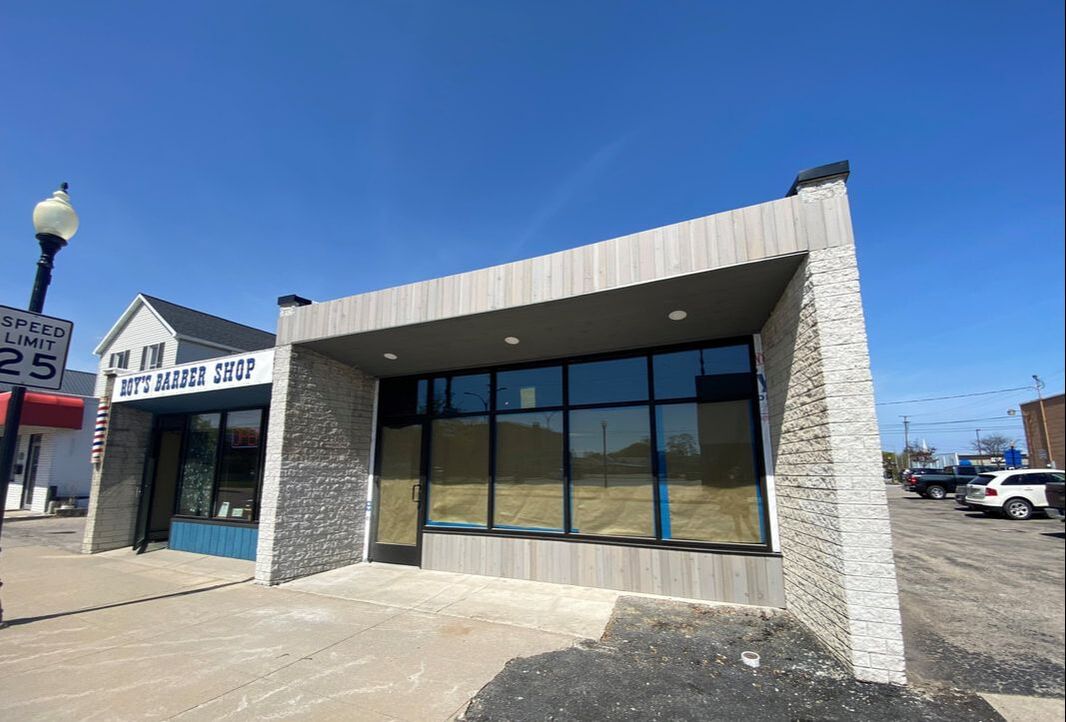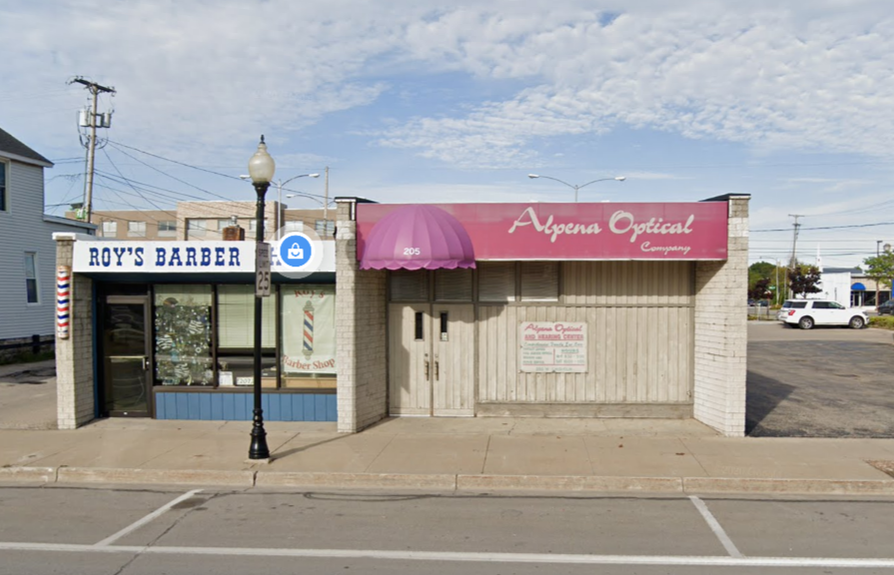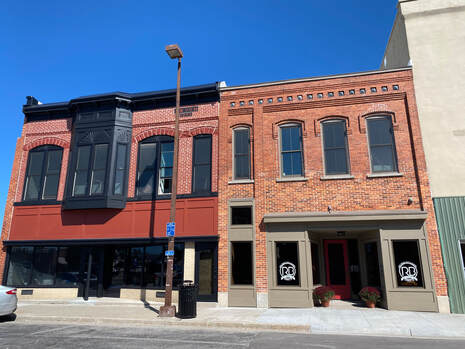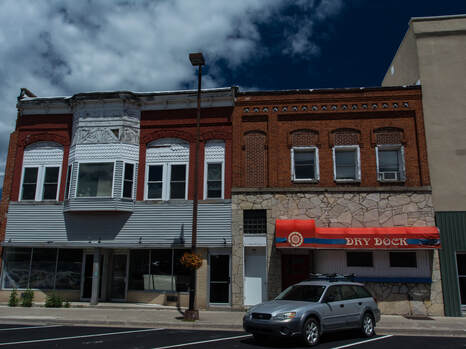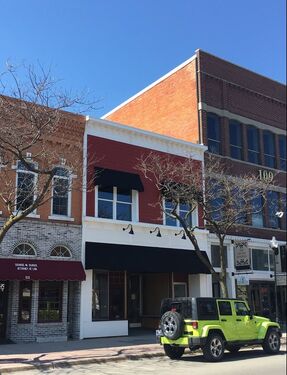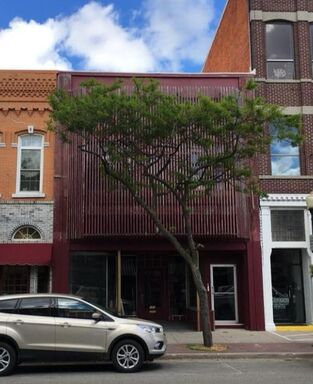Façade Grant applications due in May 2024
The Alpena DDA Façade Improvement Grant was developed to enhance the historic character of our downtown district through awarding grants to projects that improve and preserve the exteriors of existing historic buildings within the DDA district. Grant funding may be requested for any façade (front, side, or rear) that fronts on a public right of way (street, alley, public parking lot). Properties located within the legal boundary of Alpena's downtown district engaging in retail, commercial, entertainment, mixed-use or office services are eligible for grant requests. In February 2024, the DDA expanded the program to allow properties that are residential in use to apply for funding through the Facade Grant program.
Commercial & Mixed-Use PropertiesIn October 2023, the Alpena DDA was awarded $400,000 grant through the Michigan Economic Development Corporation (MEDC) through its Façade Restoration Initiative (FRI) Program to supplement our local program. Projects may now apply for grants of 50% of their façade project total. All projects must be complete by April 30, 2025.
The DDA Design & Beautification Committee will review applications in two funding rounds in 2024. Depending on total applications received and funds committed, there may be a third round announced in the summer. Interested applicants are recommended to apply as early as possible. The DDA must have funds committed to projects by October 31, 2024. Applications are due on the following dates:
|
Residential PropertiesIn 2024, the DDA expanded its Façade Grant program to allow properties that are residential in use to apply for grant funding and designated a separate pool of funding for grant awards to eligible residential façade grant requests.
Properties that are exclusively residential in use (such as single family, multi-family, duplexes, townhouses, or rentals) are also able to apply for funding through the program. Properties may apply for up to 50% of eligible façade costs with a maximum of $10,000 request/facade. Applications are due on the following dates:
|
If you are interested in applying for your façade renovation project, please contact DDA Executive Director Anne Gentry at [email protected] or 989-356-6422 to learn more.
Past Façade Grant Recipients
The Alpena Downtown Development Authority (DDA) began the Façade Grant program in 2004, and since then, has awarded over $140,000 in façade grants to downtown projects, which have totaled over $2 million in investment. The Alpena DDA has been proud to support projects which have transformed our downtown and preserved its historic character. You can learn more about recent projects supported by our façade grant program below!
|
205 W. Chisholm St. | PIF Cider
$5,000 awarded in 2022 Downtown business and property owner Eric Peterson transformed this small storefront on Chisholm St. into a new tasting room for Presque Isle Farm (PIF) Cider. The facade renovation included installing new windows and doors to open up the previously boarded-up optical company. PIF Cider creates locally and naturally fermented hard ciders made from Michigan apples in the traditional European style. Cheers! |
|
109 & 111 River St. | Red Brick Tap & Barrel
$10,000/facade awarded in 2018 This project included the complete renovation of two historic buildings which were built in the late 1800's. The renovation included the addition of a new whiskey bar and restaurant on the first floor, Red Brick Tap & Barrel, which opened in September 2020, and apartments upstairs. This project was also made possible by a grant through the Michigan Economic Development Corporation's Community Revitalization Program. |
|
107 N. Second Ave.
$5,000 awarded in 2017 This building was originally built at the turn of the 19th century, and in the late 1920's, received extensive remodeling to its interior and façade after a fire. The improvements done in 2017 included removing a wooden framing placed over the façade, reopening the windows, and adding elements that match the historic character of neighboring downtown buildings. |

